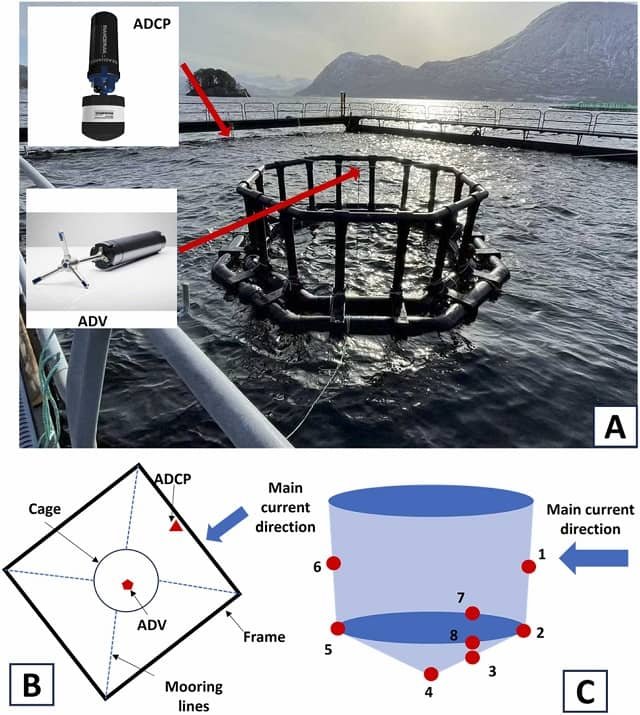France.- Schools of fish can scatter sound waves, which has impacts on fish farming. Fisheries acoustics have been studied for over 40 years to assess biomass and optimize aquaculture applications.
Benoit Tallon, Philippe Roux, Guillaume Matte and Sergey Skipetrov first examined the phenomenon of how fish scatter acoustic waves in a dense school of fish contained in an open-sea cage. They developed a new approach to help overcome issues encountered in aquaculture relating to the evaluation of the total biomass of dense schools of fish.
“We perform experiments in aquaculture farms, because it permits the characteristics of a school to be well known in advance. However, we can reasonably imagine the use of mesoscopic physics to estimate the biomass of wild fish schools in their natural environment,” Tallon said.
The ability of fish in a school to scatter sound is a result of physical characteristics, such as the softness of fish flesh, and the effect of noise on their swim bladder—a special organ that allows fish to control their buoyancy. The size of the school of fish and its concentration also affects the way sound is scattered.
“In the community, many people are interested in multiple scattering of waves at different scales,” said Tallon. “For example, mesoscopic effects were observed from seismic wave transport in earth’s crust to light wave propagation through microscopic powders. However, such phenomena have never been reported with living matter.”
Reference:
Benoit Tallon. 2019. Mesocopic wave physics in a dense fish school. The Journal of the Acoustical Society of America 146, 3076 (2019); https://doi.org/10.1121/1.5137673 https://asa.scitation.org/doi/abs/10.1121/1.5137673
Source: Acoustical Society of America
Stay Always Informed
Join our communities to instantly receive the most important news, reports, and analysis from the aquaculture industry.
Editor at the digital magazine AquaHoy. He holds a degree in Aquaculture Biology from the National University of Santa (UNS) and a Master’s degree in Science and Innovation Management from the Polytechnic University of Valencia, with postgraduate diplomas in Business Innovation and Innovation Management. He possesses extensive experience in the aquaculture and fisheries sector, having led the Fisheries Innovation Unit of the National Program for Innovation in Fisheries and Aquaculture (PNIPA). He has served as a senior consultant in technology watch, an innovation project formulator and advisor, and a lecturer at UNS. He is a member of the Peruvian College of Biologists and was recognized by the World Aquaculture Society (WAS) in 2016 for his contribution to aquaculture.




